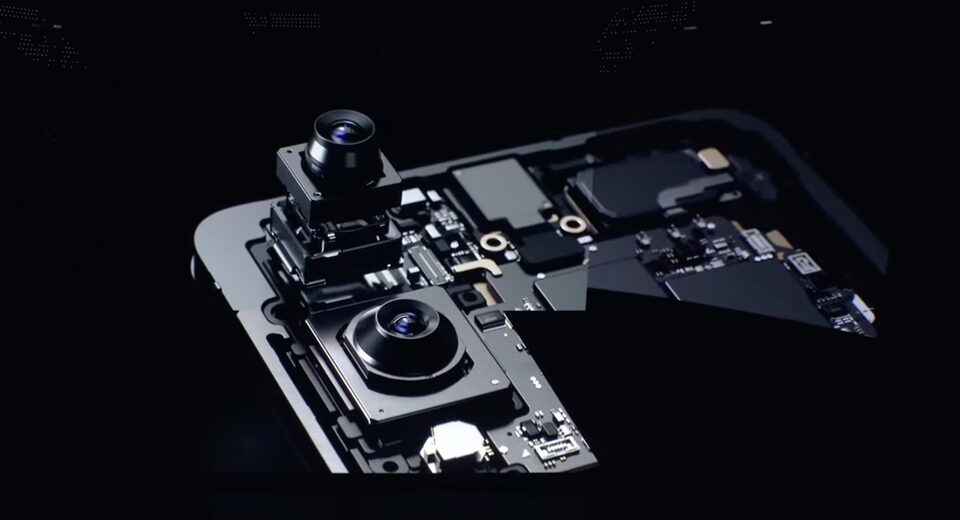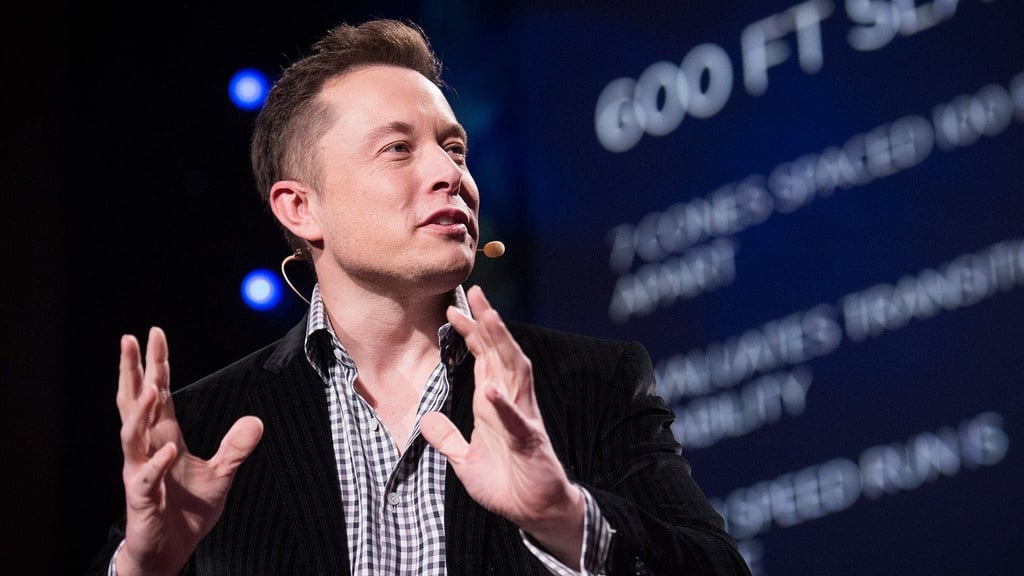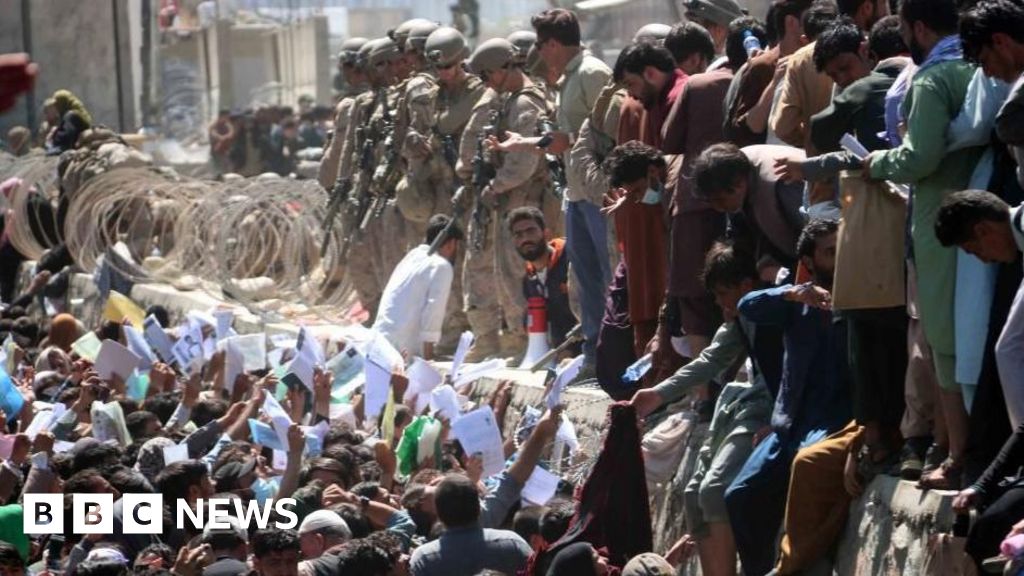CPI Shows US Inflation Sped Up in June as Trump’s Tariffs Pushed Up Prices
The Consumer Price Index rose 2.7 percent from a year earlier, as the global trade war started to bite. Inflation accelerated in June as President Trump’s tariffs started to leave a bigger imprint on the economy, keeping the Federal Reserve on track to hold interest rates steady when policymakers next meet this month. The Consumer Price Index rose 2.7 percent from a year earlier, the swiftest pace since February, data released by the Bureau of Labor Statistics showed on Tuesday. That is slightly higher than expected and up from an annual pace of 2.4 percent in May. “Core” inflation, which strips out volatile food and energy prices and is seen as a reliable gauge for underlying price pressures, also shifted higher. Those prices were up 2.9 percent from the same time last year. Over the course of the month, prices rose 0.3 percent, a notable pickup from a 0.1 percent increase in May. Core prices rose 0.2 percent. The June data still reflects only the initial impact of Mr. Trump’s global trade war. Prices of products most exposed to tariffs, like household furnishings, jumped 1 percent, significantly higher than the 0.3 rise last month. Prices for appliances, specifically, rose 1.9 percent, up from 0.8 percent. The apparel index increased 0.4 percent, snapping multiple months of declining prices. Gasoline prices rose 1 percent in June, after falling 2.6 percent the previous month. Grocery prices also rose, ticking up 0.3 percent in June. Economists expect price pressures to intensify over the coming months, especially if new tariffs the president has threatened against the European Union and a host of other countries in recent days are imposed on Aug. 1 as planned. “Some of these tariff costs are getting passed through,” said Stephen Juneau, an economist at Bank of America, reflecting a difficult decision with which many businesses across the country are grappling. Tariffs have forced companies to choose between absorbing the costs of tariffs and cutting into their profits, or raising prices and risking the ire of customers. Up to this point, inflation has been more muted than feared when Mr. Trump returned to the White House. That has emboldened the president and his top advisers to dismiss the latest set of warnings from economists about the damage steep tariffs could have on consumers and businesses across the country. The stock market nudged higher after the data was released but quickly gave up their gains, adding to a series of muted moves in recent trading sessions as investors remain cautious about the path ahead. Prices for both new and used cars declined in June, while airfares slipped 0.1 percent. Hotel costs dropped as well, which economists said potentially reflected weakening demand. What economists and policymakers fear most is a stagflationary shock in which inflation rises as the economy flatlines or, worse, contracts. Before the latest trade escalation, the Federal Reserve saw the risks of that outcome receding. Now, the risks may be rising again. Signs of accelerating price pressures will make it much more difficult for the central bank to restart interest rate cuts that have been on hold since January, even as economic growth slows. Mr. Juneau said the higher probability of a “stagflationary scenario” for the U.S. economy, as a result of Mr. Trump’s new threats, would keep the Fed “frozen in place because they’re still trying to debate what’s going to happen with inflation.” Officials have instead been wedded to a “wait and see” approach, opting to keep borrowing costs steady until they have a clearer sense of how Mr. Trump’s policies — which beyond tariffs include a crackdown on immigration, sweeping tax and spending cuts, and a broad deregulatory push — will affect the economy. “The new tariffs are another blow to any hopes for a Fed rate cut in the near term,” said Kathy Jones, chief fixed-income strategist at Charles Schwab. “They want to see inflation nearing the 2 percent target, and this doesn’t particularly help,” she said of the latest data. For the Fed to cut interest rates, it needs evidence either that inflation is indeed under control and not at risk of flaring up, or that the labor market is weakening a lot more. So far, neither has come to pass, suggesting there is still little urgency among most officials for the central bank to make a policy move. Some divisions have emerged, however, with a handful of policymakers calling for a reduction in borrowing costs as early as this month. But the recent economic data and Mr. Trump’s latest trade broadside have dashed those hopes. The Fed’s next policy decision will be on July 30. The Fed’s patient approach has angered Mr. Trump, who has incessantly demanded that the Fed lower interest rates significantly. As part of his pressure campaign against the central bank, the president has taken to berating Jerome H. Powell, the Fed chair, on a nearly daily basis and has even gone so far as to call for him to resign. After Tuesday’s data was released, Mr. Trump again called on the central bank to lower interest rates by three full percentage points, citing “very low inflation” on social media. That would bring the Fed’s benchmark interest rate down to around 1 percent, typically a level reached during times of economic weakness. Joe Rennison contributed reporting.
What's Your Reaction?
 Like
0
Like
0
 Dislike
0
Dislike
0
 Love
0
Love
0
 Funny
0
Funny
0
 Angry
0
Angry
0
 Sad
0
Sad
0
 Wow
0
Wow
0








































